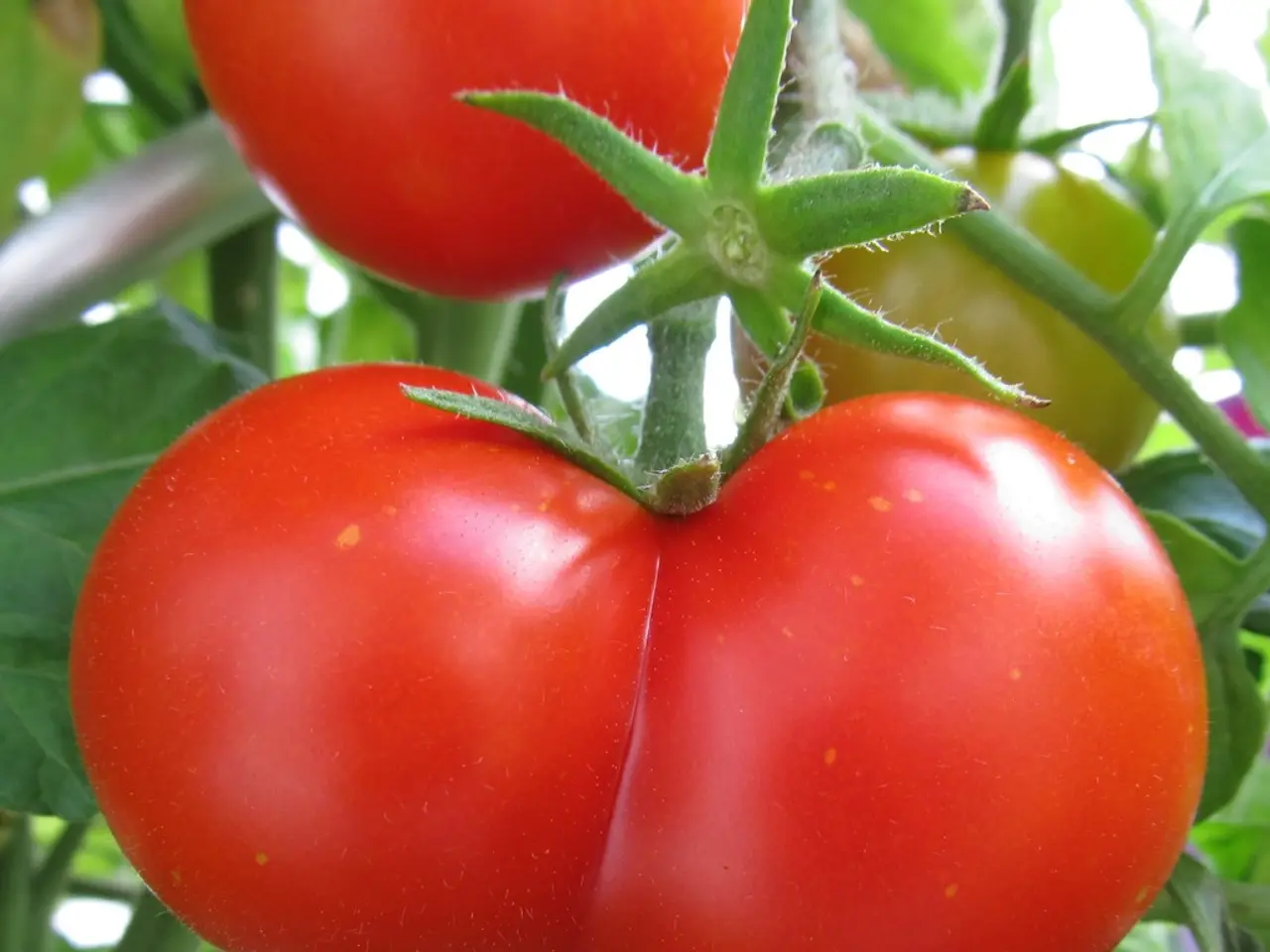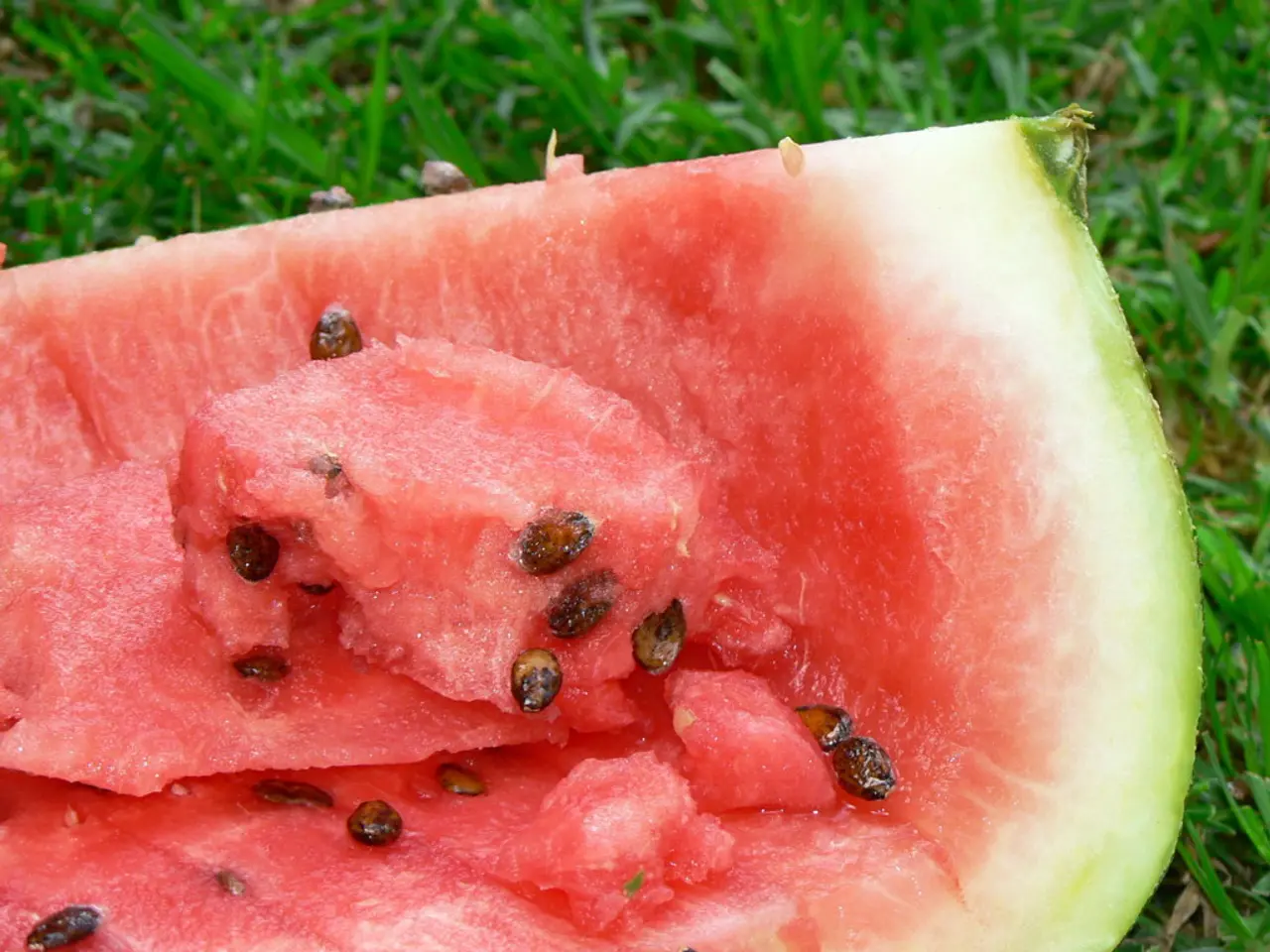The Underground Vault of Preservation: Your Guide to Building a Root Cellar
Crafting a Root Cellar for Your 2021 Crop Storage
Say goodbye to worries about power outages ruining your precious produce! A root cellar, the unsung hero of homesteaders, offers a secure haven for all your farming endeavors. Even if you're not growing your food, it's the perfect spot for stocking up for the chillier seasons when produce is harder to find.
Root cellars are subterranean structures designed to keep food supplies at controlled temperatures and humidity levels. Originating from regions with long and severe winters, they've become a bit of history's relic with modern-day food distribution systems and technology taking over. But for the prepared-minded, constructing a root cellar can be the perfect end-of-summer project.
Why Construction is Key
In today's world, it's easy to overlook the value of round-the-year access to fresh fruits, veggies, nuts, and more. Grocery stores and modern-day technology make it seem effortless to avoid thinking about food preservation. However, for some, the only way they can enjoy seasonal produce year-round is due to a root cellar. If you live in regions with extreme temperatures, a root cellar could be an essential investment.
Besides ensuring a sustainable lifestyle, building a root cellar can also prove useful in disaster situations, economic crises, or any life-altering events. Although the probability of an apocalypse-like event is slim, it's wise to prepare. The least a root cellar can offer is peace of mind should something unusual happen, assuring that you and your family will have sufficient food to survive.
Four Types of Root Cellars to Explore
A correctly engineered root cellar should maintain food temperatures around 40 degrees (give or take depending on your area), ensuring optimal preservation. Laurie Neverman, a common-sense proponent from Common Sense Home, emphasizes that cooler cellar temperatures are ideal, as long as they don't drop below freezing.
Among numerous root cellar designs, consider these four types:
- Earth Root CellarWhen envisioning a root cellar, the traditional earth root cellar is likely what comes to mind. These are fully underground structures, employing walls and a roof to shield your bounty. While designing the roof yourself can be attempted, consulting with a structural engineer is highly recommended. Earthy materials like concrete blocks, old tires, or other supportive structures can be used for walls.
- Earth Berm Root CellarThis type of cellar sits only partially beneath the ground on three sides. The door side faces away from the sun.
- Entry Root CellarAdding an entry root cellar beneath your porch during home construction or remodeling is both time and money-efficient. Even if you're unsure about using it immediately for food storage, having a concrete room directly beneath your porch can serve as a wine cellar or safe room.
- Barrel Root CellarFor budget-conscious storers, a DIY barrel root cellar is viable. All you need is a bucket, some hay, and a shovel. Drill holes into the bottom of the bucket, bury it level with the soil, and cover it with hay, acting as a natural insulator. However, in regions with extreme temperatures, a simple bucket and hay setup probably won't suffice. In such cases, you may adapt two trashcans to create a root cellar alternative. One large, heavy-duty trash can and one smaller, air-tight version can be utilized with vents and rodent-resistant screens over the drainage holes.
Preparing for a DIY Root Cellar
A below-ground "earth" root cellar is one of the most traditional methods to store root vegetables on a homestead. Ready to start building your root cellar?
Dig a Hole
Excavate a hole using a shovel, or hire a backhoe operator to do the job for you. Aim for at least 10 feet deep for temperature stability. Adjust the size based on the amount of food you plan to store, keeping in mind that shelves should be at least one to three inches away from the walls for proper air circulation.
Lay the Foundation
Your floor doesn't necessarily need to be concrete, but your walls will likely be (stone, brick, cement slabs, or moisture-resistant wood). Don't place concrete blocks on the ground as it may result in sinking, both at installation and over time. Pour a foot-wide concrete base along the perimeter to support the blocks.
Install the Cellar Blocks
Once the footer has dried, begin to lay the cement blocks, stone, wood, or bricks along the path. A block calculator can help estimate the number of blocks required. Complete the walls up to the top, leaving a foot of space for the roof to form.
Fashion the Roof
A single, flat slab of concrete isn't ideal for a root cellar roof. It will collect condensation and almost certainly crack. To ensure sturdiness, design an arched roof from plywood to use as a mold. After finalizing the shape, disassemble the mold.
Reassemble the Roof Mount
Disassembly and reassembly are essential for a snug fit. Once satisfied with the roof's form, assemble it directly onto the root cellar walls.
Reinforce the Roof
A flat roof can't be poured directly with concrete due to the risk of it collapsing. Reinforce the plywood form with rebar. Consult your local hardware store or a professional if you're unsure about safety procedures.
Pour the Roof Concrete
Frame the roof with cement blocks, bend the ends of the rebar into them, and pour concrete into the openings. After the concrete has solidified, remove the wood form and install your entryway, stairs, doors, vents, and shelving.
Essential Elements of a Root Cellar
Regardless of the root cellar type, ensure it has the following elements to preserve your food:
- Ventilation
- Darkness
- Humidity
- Earth-sheltering
- Shelving
With these elements in place, your root cellar will be ready to store root vegetables such as potatoes, beets, and carrots, offering a sustainable food storage solution during harsh climates.
Author
Bonnie Ferrero is a passionate hiker, chef, gardener, and home decorator. Her hobbies nurture creativity and connection to nature, providing balance in her life. Through her professional achievements, community roles, and personal pursuits, she embodies a holistic approach to living, dedicated to service, growth, and overall well-being. Check out more of her work!
- Incorporating a home-and-garden lifestyle, a root cellar can serve as a perfect spot for storing and preserving vegetables, such as potatoes, beets, and carrots, during chillier seasons when organic produce might be harder to find.
- If you're an avid gardener, transforming your home into a home-garden can be enhanced with the inclusion of a root cellar, allowing you to enjoy seasonal produce year-round and contribute to a more sustainable lifestyle.
- For those remodeling their homes, adding an entry root cellar beneath the porch can not only serve as a practical storage solution for food, but also function as a wine cellar or safe room.
- When building a DIY root cellar, consider using various materials like concrete blocks, earthy materials, or even reused tires for walls, ensuring the structure remains cool and humid for optimal preservation of your gardening harvests.








